Indication
Normalin 3% is indicated as a source of water and electrolytes.
Dosage & Administration
As directed by a physician.
Dosage, rate, and duration of administration are to be individualized and depend upon the indication for use, the patient’s age, weight, clinical condition, and concomitant treatment, and on the patient’s clinical and laboratory response to treatment.
Rapid correction of hyponatremia and hypernatremia is potentially dangerous (risk of serious neurologic complications). Dosage, rate, and duration of administration should be determined by a physician experienced in intravenous fluid therapy. Parenteral drug products should be inspected visually for particulate matter and discoloration prior to administration whenever solution and container permit. Do not administer unless solution is clear and seal is intact. 3% Sodium Chloride is intended for intravenous infusion using sterile equipment. It is recommended that intravenous administration apparatus be replaced at least once every 24 hours.
Pediatrics:
Rapid correction of hyponatremia and hypernatremia is potentially dangerous (risk of serious neurologic complications). Dosage, rate, and duration of administration should be determined by a physician experienced in pediatric intravenous fluid therapy. Plasma electrolyte concentrations should be closely monitored in the pediatric population because of their impaired ability to regulate fluids and electrolytes.
Geriatrics:
When selecting the type of infusion solution and the volume/rate of infusion for a geriatric patient, one should consider that geriatric patients are generally more likely to have cardiac, renal, hepatic, and other diseases or concomitant drug therapy. In general, dose selection for an elderly patient should be cautious, usually starting at the low end of the dosing range.
Use in Pregnancy
There are no adequate data from the use of 3% Sodium Chloride in pregnant or lactating women. Healthcare providers should carefully consider the potential risks and benefits for each specific patient before administering 3% Sodium Chloride. 3% Sodium Chloride should be given to a pregnant woman only if clearly needed.
Use During Lactation
There are no adequate data from the use of 3% Sodium Chloride in pregnant or lactating women. Healthcare providers should carefully consider the potential risks and benefits for each specific patient before administering 3% Sodium Chloride. 3% Sodium Chloride should be given to a pregnant woman only if clearly needed.
Precautions
Clinical evaluation and periodic laboratory determinations are necessary to monitor changes in fluid balance, electrolyte concentrations, and acid base balance during prolonged parenteral therapy or whenever the condition of the patient warrants such evaluation. Caution must be exercised in the administration of 3% Sodium Chloride to patients receiving corticosteroids or corticotropin.
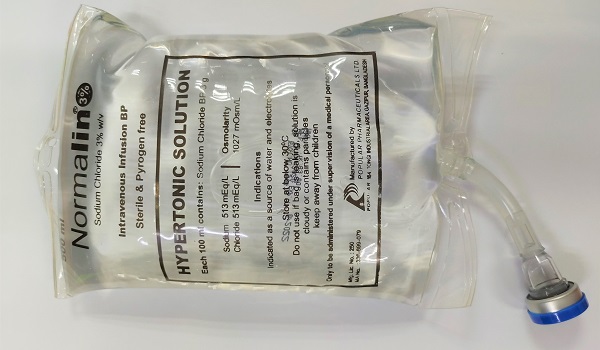
Product Details
Related Products
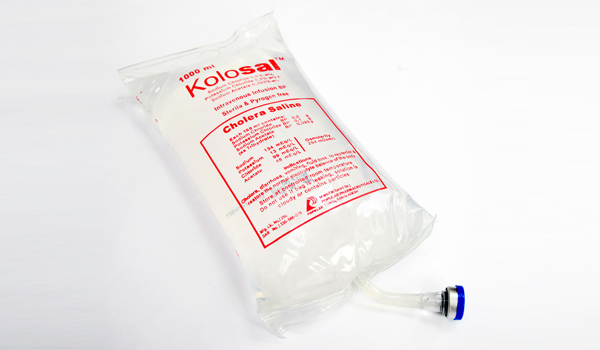
Kolosal IV Infusion
Cholera SalineFluid & Electrolytes
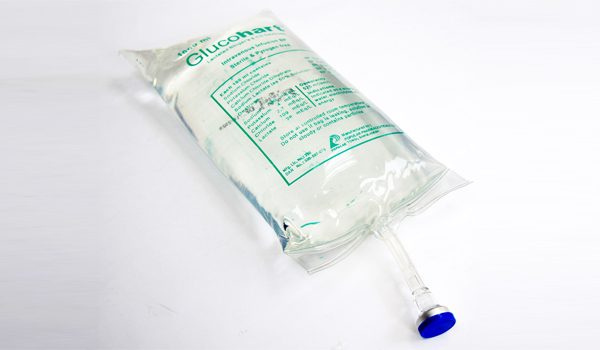
Glucohart IV Infusion
5% Dextrose & Hartmann's SolutionFluid & Electrolytes
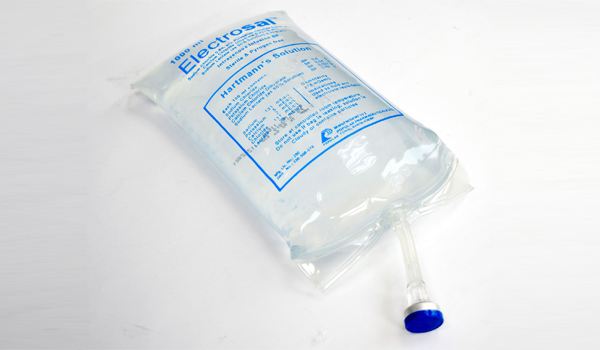
Electrosal IV Infusion
Hartmann's SolutionFluid & Electrolytes
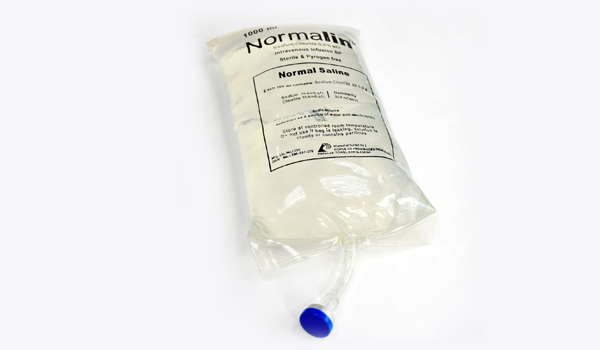
Normalin IV Infusion
0.9% NaClFluid & Electrolytes

Pedisol DS IV Infusion
10% Dextrose & 0.225% NaClFluid & Electrolytes
